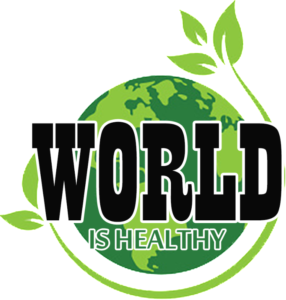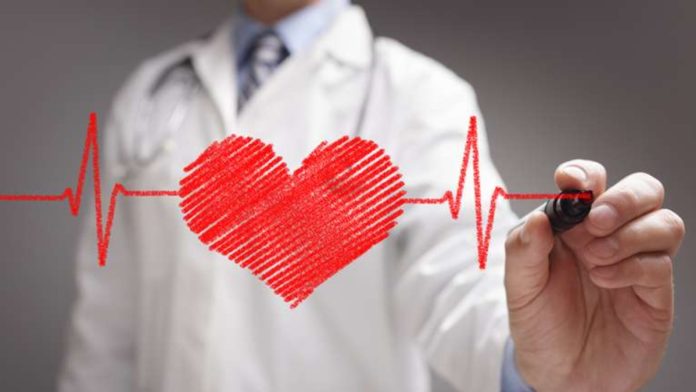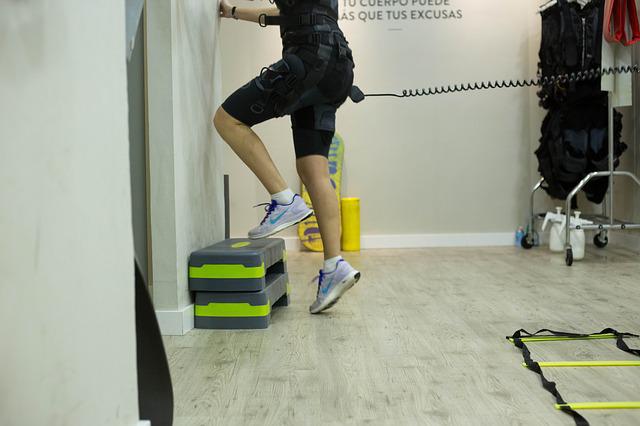Angioplasty surgery is a critical medical procedure aimed at treating blocked or narrowed arteries, restoring proper blood flow to the heart.
This article will delve into the intricacies of angioplasty surgery, its benefits, risks, and essential tips for a swift recovery.
Understanding Angioplasty Surgery
Angioplasty, also known as percutaneous transluminal angioplasty (PTA) or balloon angioplasty, is a minimally invasive procedure used to widen narrowed or blocked arteries. During angioplasty, a thin, flexible tube called a catheter with a deflated balloon at its tip is inserted into the affected artery.
The Procedure
Once the catheter reaches the blockage site, the balloon is inflated, compressing the plaque against the arterial walls, consequently widening the artery and restoring blood flow. In some cases, a stent, a small mesh tube, may be placed in the artery to help keep it open.
Quick Recovery Tips After Angioplasty Surgery
1. Follow Medical Advice
Adhering to the instructions provided by your healthcare provider is crucial for a successful recovery. This includes taking prescribed medications, attending follow-up appointments, and adhering to dietary and lifestyle recommendations.
2. Monitor Your Symptoms
Keep a close eye on any changes in your health post-surgery. Contact your healthcare provider immediately if you experience symptoms such as chest pain, shortness of breath, or unusual fatigue.
3. Adopt a Heart-Healthy Diet
A well-balanced diet plays a pivotal role in cardiovascular health. Focus on consuming plenty of fruits, vegetables, whole grains, lean proteins, and healthy fats. Limit your intake of saturated fats, cholesterol, sodium, and processed foods.
4. Engage in Regular Exercise
Regular physical activity is essential for maintaining heart health and overall well-being. Consult your healthcare provider to determine a suitable exercise regimen tailored to your individual needs and capabilities.
5. Quit Smoking
Smoking significantly increases the risk of heart disease and impedes the healing process post-angioplasty. Seek support and resources to quit smoking and improve your cardiovascular health.
6. Manage Stress
Chronic stress can negatively impact heart health. Incorporate stress-reduction techniques such as meditation, deep breathing exercises, yoga, or engaging in hobbies and activities you enjoy.
Risks and Complications
While angioplasty is generally considered safe, like any medical procedure, it carries certain risks and potential complications. These may include:
- Bleeding or bruising at the catheter insertion site
- Blood vessel damage
- Allergic reactions to contrast dye
- Blood clots
- Restenosis (re-narrowing of the treated artery)
- Heart attack or stroke
Conclusion
Angioplasty surgery is a vital intervention for individuals suffering from blocked or narrowed arteries. By understanding the procedure, following post-operative care guidelines, and making healthy lifestyle choices, individuals can optimize their recovery and reduce the risk of future cardiovascular complications. Always consult with your healthcare provider for personalized advice and recommendations tailored to your specific health needs and circumstances.







